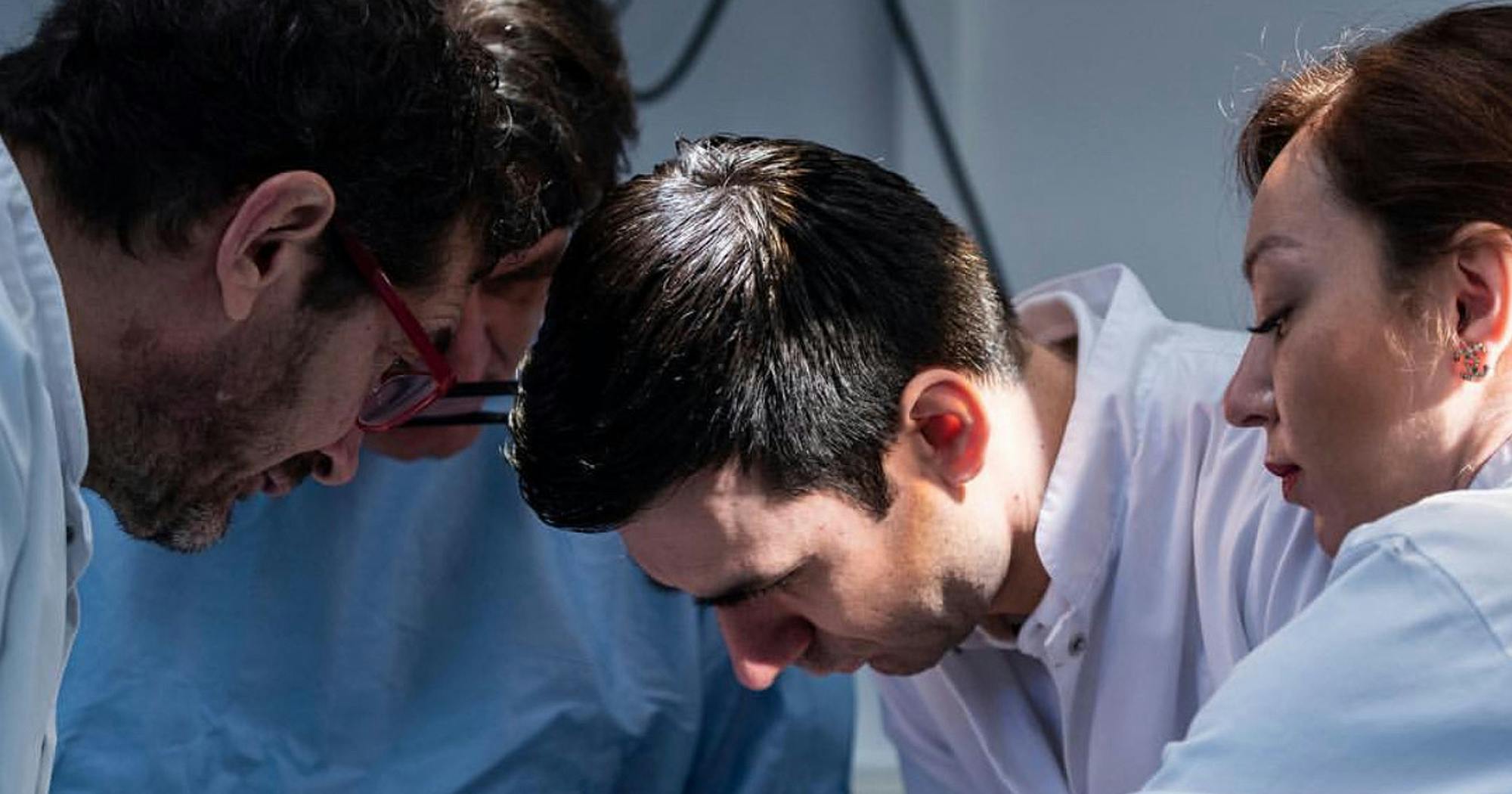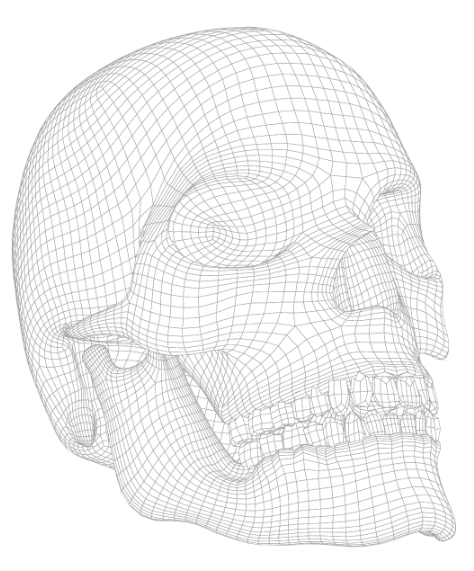
When I tell people that I am an anatomist (which I rarely do) I always get these weird looks: “What is that? What did he say? Can you eat that? Is this true?” And then just imagine if I add that I was born in Transylvania…! Either they smile, or they give me the side-eye look and politely say: “Aha, this is great, but I thought Transylvania only exists in movies.”
Well, it doesn't exist only in vampire movies, and not everyone from there is a vampire who hates garlic. I, for instance, love garlic and as far as I know, am pretty much alive despite eating it.
But to clarify, Transylvania is a region in Romania, and Romania is a beautiful country in Eastern Europe. The people there are loving, caring, value family, have zero patience, and are bad tempered. The package that heritage gives you to carry for the rest of your life.
After the revolution in 1990, my parents and I moved to Germany where I attended medical school in Munich. I completed my doctoral thesis in Chron’s disease, a condition affecting the gastrointestinal system, and initially set my sights on becoming a trauma surgeon.
In Germany, trauma surgery is a standalone discipline including aspects of orthopedics, emergency medicine, plastic surgery, hand surgery, and even neurosurgery… (I did my first trepanation in my second year of residency). However somehow along the way, I got sidetracked into anatomy because this aspect of medicine fascinated me. The clarity and the simplicity of the subject was truly beautiful.
OK, now you might think: “Slicing up dead people is beautiful…?” No, it’s not that aspect that I admire, it’s the investigative nature of the subject trying to connect pieces of knowledge from what you see to pieces that you can only guess.
When I was a student, I liked anatomy because it was clear and well structured. Every structure in the human body had a name, location, and function. Once you know those pieces of information, it is all smooth sailing.
The problem, however, arises because there are so many of these structures and memorizing them by their name requires a massive volume of neural storage space. I happen to enjoy that part, and so anatomy naturally became my profession.
I completed my habilitation in Austria on the topic of knee osteoarthritis and explored the world via teaching anatomy at various medical universities; until I realized that a university is not inclusive enough.
There are learners everywhere around the world, people eager to learn, to become better, to improve their clinical practice, to excel at what there are doing, and especially in the need for guidance in patient care.
At a university, the learners do not really want to learn anatomy; they just want to pass their exam, take off their lab coat, and never see a dead body and these old rusty anatomy professors again. I don’t blame them!
But in reality, learners exist all around the world and are in desperate need of anatomy education. I realized this and this was the moment when I decided to leave the academic ivory tower to establish Cotofana Anatomy.
Anatomy creates an image in your mind of structures in your body that are hidden from your eye. Either these structures are covered by skin… as in the patients you see daily in your clinic …or they are covered and well hidden by other structures during surgery or anatomic dissections.
This is one of the reasons why many anatomists’ and surgeons’ favorite song is from the Irish rock band U2: ”…and I still haven’t found what I’m looking for….”. But even if you don’t see structures or cannot find them, the knowledge of anatomy can guide you. You know where to find the structure and this is invaluable. In your mind, you have already discovered that structure and you are already looking at it, even if you have not made the skin incision yet.
Let me give you one example:
During dissection courses participants have difficulties finding the infraorbital foramen. It is not an easy task, I admit. But after I let them struggle for a while (struggling is good, and it forms character) I come to their table and find the respective nerve and artery within 2mins. The reason for that is not that I am a better scalpel cowboy, no, it’s just because in my mind I know where to look for it. In my mind, I am already there. It’s similar to driving a car in your hometown: you just know your way even without google maps.
This is what the knowledge of anatomy has to offer, and I think this is beautiful. Knowing anatomy offers you confidence during your daily clinical task. Knowing anatomy creates a beautiful picture, an impeccable piece of neural art in the space behind your eyes which is invaluable when treating patients.
Does this mean that I as an anatomist dissect bodies on daily basis: Hell no! I do this maybe once or twice a month. The rest of the time I work on publications and conduct statistical analyses for my research projects.
Being curious is in my nature and I like to discover what is hidden in numbers or under the skin. This is why apart from anatomic studies, ultrasound studies are so important these days.
We need to understand, and we need to know things in order to be able to treat our patients better. And anatomy is a powerful companion and a very reliable GPS system. One just has to understand and to learn.

Become part of our community and receive news, special offers and information about Cotofana Anatomy’s products and services.
Copyright © 2025, Cotofana Anatomy. All rights reserved.